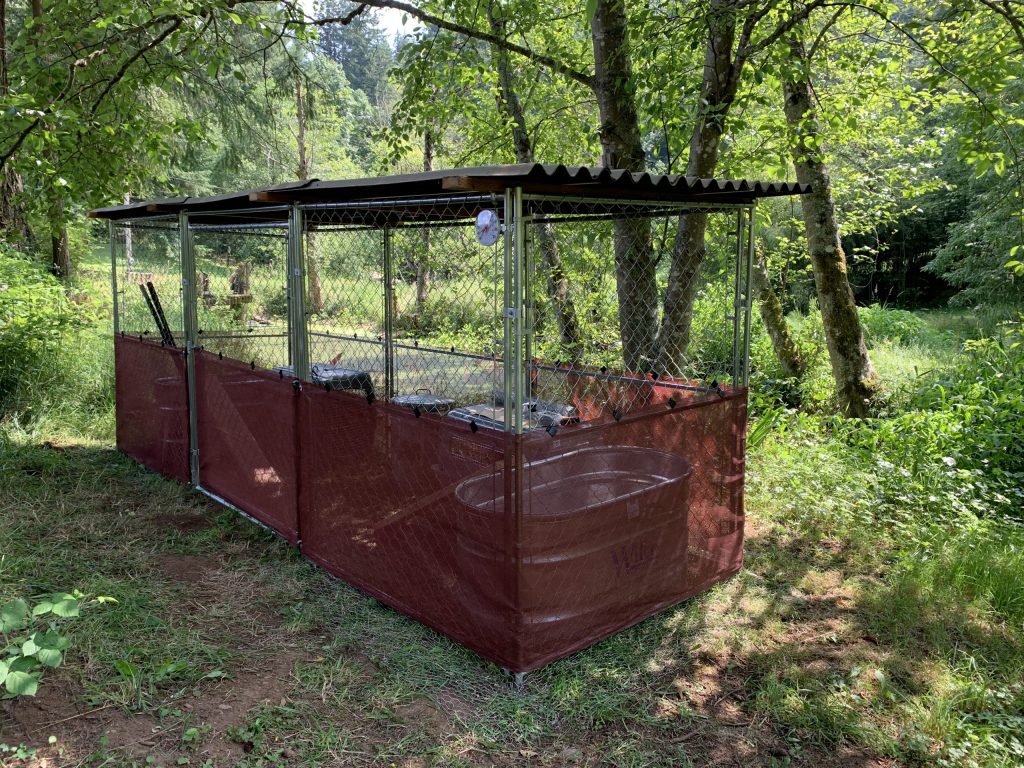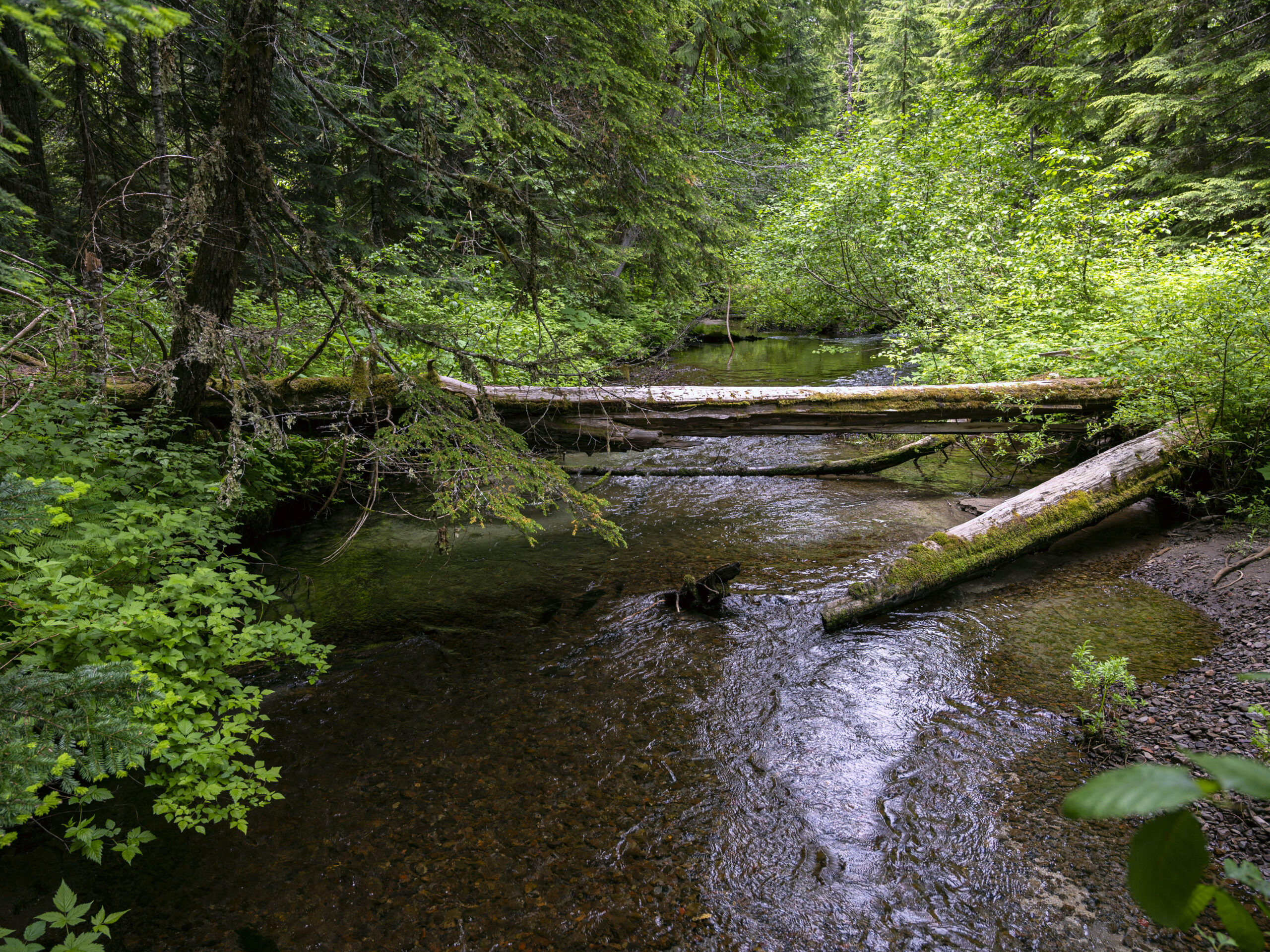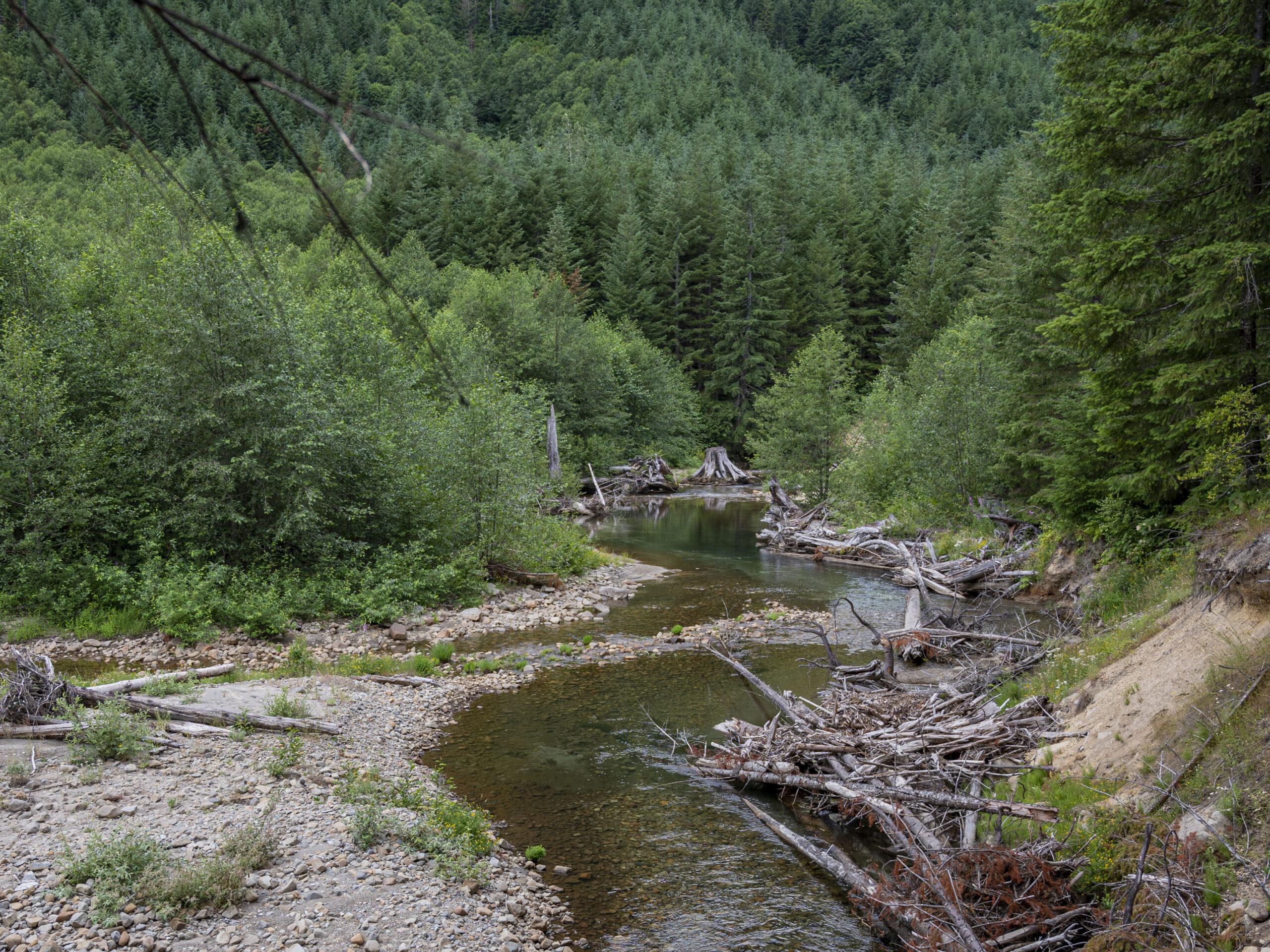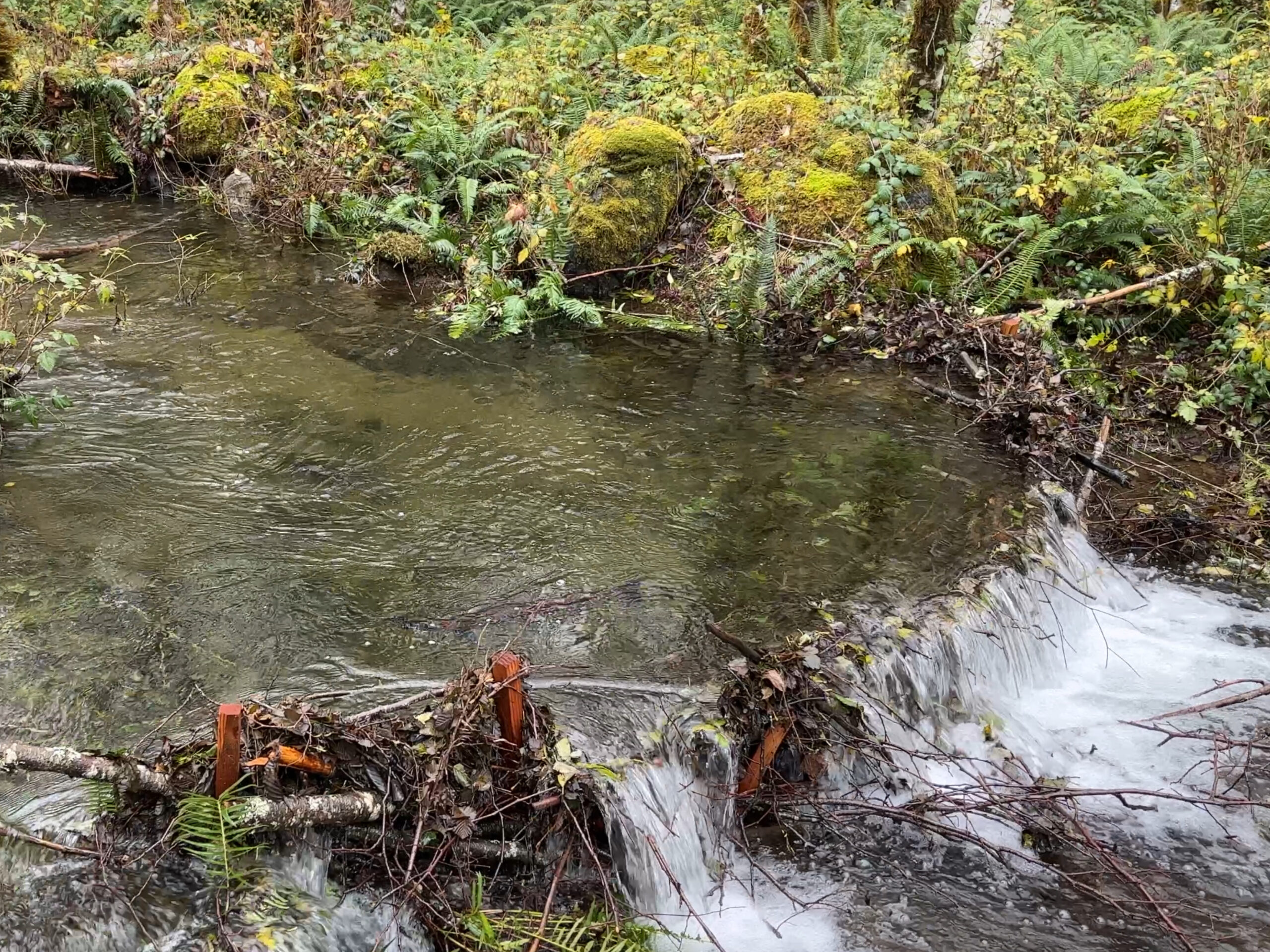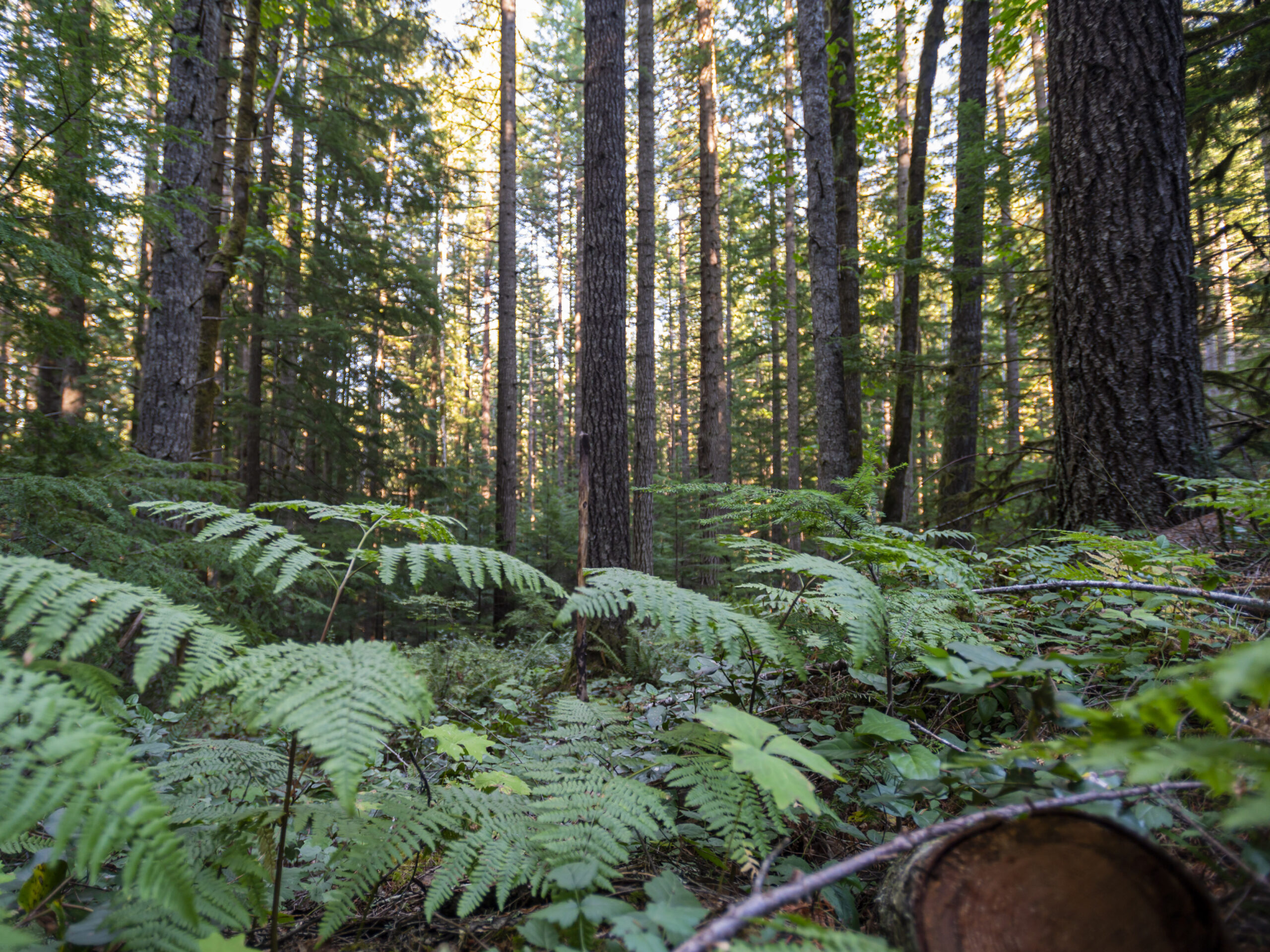July 31, 2020
In 2018, Cascade Forest Conservancy partnered with Cowlitz Indian Tribe to reintroduce beavers to the Gifford Pinchot National Forest for the first time since the 1930s.
It’s difficult to overstate the importance of these animals to the health of the forest. In his award-winning book, Eager: The Surprising, Secret Life of Beavers and Why They Matter, Ben Goldfarb describes the fur trade that eradicated beaver populations as an ecological and social disaster on par with the destruction of the bison herds of the Great Plains.
Beavers are a keystone species–dam-building, wetland restoring, water-storing, habitat engineers. The weight of their ponds push water deep into the ground, refilling aquifers and allowing water to be in the system even during dry summers. The slack waters and ponds beavers create help filter pollutants out of water systems, dissipate floods, disrupt the spread of fires, and create habitat that greatly benefits other species. In some parts of the West, wetlands cover 2% of the total land area but contain 80% of an ecosystem’s biodiversity. As the effects of climate change accelerate, the benefits beavers bring to the landscape are more important than ever.
So far, this project has been a success, and it’s still going strong!
We’re expanding the project and releasing even more animals this year. Here is the latest.
Our Program Director, Shiloh Halsey, and Science and Stewardship Manager, Amanda Keasberry are now permitted by the Washington Department of Fish and Wildlife to house and relocate beavers in multiple SW Washington counties. In July, we completed building our new beaver housing facility on land belonging to a generous supporter. Trapped beavers must be kept in housing facilities where we monitor their health and collect data before release.
We’re thrilled to be expanding the capacity of this program. We plan to release 3-4 beaver families this fall–families of beavers are made of between two to six animals.
 This year, the project will benefit from an additional partnership. Researchers from Washington State University Vancouver are working on a new way to track beavers and understand their impacts, one that uses environmental DNA taken from water samples. The researchers will be working with the beavers who pass through our new facility and tracking them post-release. The new technique they are developing could be key to monitoring wild and reintroduced beaver populations without having to physically track down individual animals.
This year, the project will benefit from an additional partnership. Researchers from Washington State University Vancouver are working on a new way to track beavers and understand their impacts, one that uses environmental DNA taken from water samples. The researchers will be working with the beavers who pass through our new facility and tracking them post-release. The new technique they are developing could be key to monitoring wild and reintroduced beaver populations without having to physically track down individual animals.


